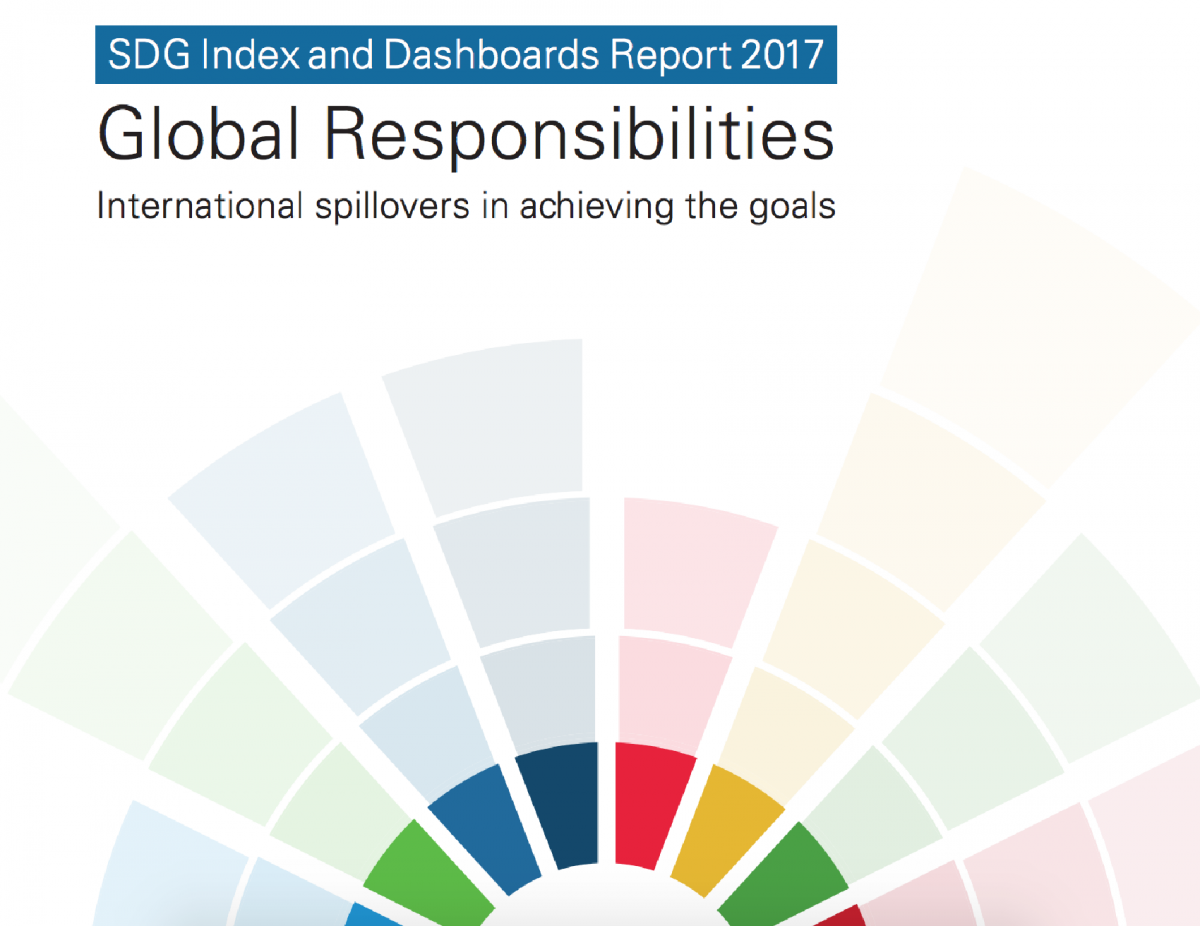Since July of this year the SDG Index and Dashboards Report, jointly published by Bertelsmann Stiftung and the Sustainable Development Solutions Network (SDSN), is available. The report contains available data on the progress of the SDGs in each country, and in this way aims to assist countries to identify priority actions to achieve them.
Each one of the 17 Sustainable Development Goals of the 2030 Agenda relies on a set of precise indicators elaborated by the Inter-Agency and Expert Group on SDG Indicators (IAEG-SDGs), created by the UN Statistical Commission and composed by Member States and regional and international agencies. There are 232 official indicators, but only some of them have data for all the UN member states. In addition, countries can present voluntary national reviews of their progress (Argentina presented it this year). But while these reviews are thorough on socioeconomic SDGs, they are particularly weak on the international partnership and the environmental ones.
The Bertelsman Stiftung and SDSN Report includes 83 out of the 232 indicators, those that meet five criteria: global relevance, statistical adequacy, timeliness, data quality, and coverage for at least 80% of the countries. While the Report indicators are as aligned as possible with the official ones, SDG Index and Dashboards fills the data gaps with other reputable sources. This doesn’t mean they replace (nor they are intended to replace) the official SDG monitoring; they aim to complement it by presenting the data in an informative and interesting way for policy makers, stakeholders and the public in general.
This year’s report is far from the 2016 one in terms of data and methodology, even to the point of making them not comparable. Perhaps the most important change is the inclusion of indicators on international spillovers. The development patterns of some countries, especially the rich ones, impact others. Even if there are some positive effects, like the one of international development finance, most of them are adverse and tend to hinder the ability of poorer countries to achieve the SDGs. Examples of this are high consumption levels, tax heavens, and weapon exports.
Three Scandinavian countries (Sweden, Denmark, and Finland) lead the Index this year, but none of them are near the maximum score. Even the best ranked countries have great problems in at least one SDG. The OECD countries dashboard shows that the goals 12, 13, 14, and to some extent the 15 (all related to the environment), score poorly. In contrast, most of Sub-Saharan African countries have overwhelmingly low scores on the socioeconomic indicators, but their environmental indicators are better than those of most OECD countries. It is important to highlight that the addition of spillover indicators has lowered the score for many rich countries, especially Switzerland, the United States, and several Gulf States.
As for Argentina, in comparative terms it’s well positioned. An overall score of 72.5 has ranked the country 41 at the global level, above some OECD countries like the United States (72.4) and Israel (70.1), but below most European countries. At the regional level it’s ranked second, with only Cuba above it, and well over the regional average of 65.8.
Its main strengths lie in goals 1 (No Poverty), and 6 (Clean Water and Sanitation). The first one, in which Argentina has a score of 99.8, is measured in terms of the amount of people that live with more than 1.90 dollars per day. In the second one Argentina leads the global raking with a score of 98.5. It is composed of indicators on access to improved water sources, access to improved sanitation facilities, fresh water withdrawals as a percentage of renewable water sources, and underwater depletion.
On the other hand, its major challenges are goals 10 (Reduced Inequalities), and 16 (Peace, Justice, and Strong Institutions). The 10th goal has the GINI coefficient as its indicator, which measures the distribution of income among a population. Argentina, in this case, has a score of 51, where 0 is total equality and 100 total inequality in income distribution; to achieve the level expected by the 2030 Agenda it should reach 30 or less. As for the second goal mentioned, Argentina’s score is 51.7. It is composed by 9 indicators, of which the most worrying are the amount of homicides, the insecurity perception, the government efficiency, and the corruption perception. It’s worth noting that these goals are problematic not only in Argentina, all the countries in Latin America and the Caribbean have low scores in both of them.
This report allows for a rapid assessment of how much a country approaches to achieving the development goals, and for comparing progress made with peer countries. Thus, it seeks to help draw attention to SDGs and their role as practical tools for mobilizing governments, academia, civil society and private sector; to ensure accountability; and ultimately to guide national policies and long-term strategies for sustainable development
For more information about the Index and downloading the full report, go to http://www.sdgindex.org/.

